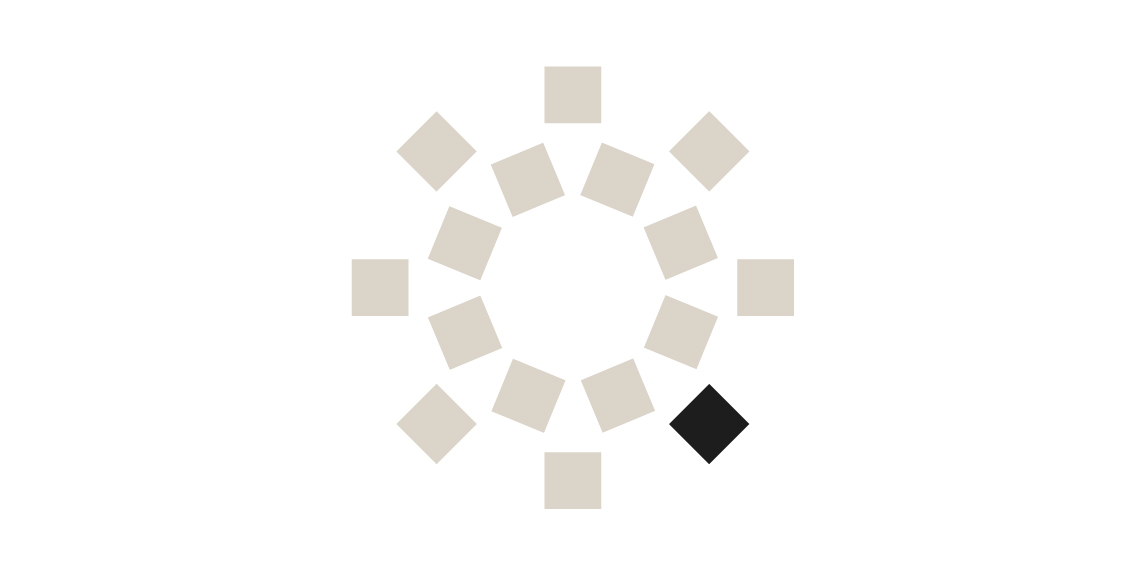Branding knowledge capsules
Chapter 4
There are numerous tools and resources available for defining a brand ‘s personality. One of the most commonly used was developed by Carl Gustav Jung, a Swiss psychoanalyst who segmented human personalities into 12 archetypes with specific motivations and behaviours. These archetypes include the explorer, the sage, the innocent, the best friend, the lover, the jester, the caregiver, the creator, the ruler, the hero, the rebel, and the magician.

This theory was adapted and used in branding when brands started to have a two-way relationship with people. In other words, if I am to have an ongoing conversation with my users, I must be able to behave using human traits that allow me to connect emotionally with them.
Far from understanding archetypes as something rigid, at The Mood Project we believe that they should be able to adapt to each brand like a tailor-made suit. And the difference, as in almost everything, is in the nuances.
Here are two examples of how we use the same archetype (the lover) to define different brand personality:
The lover archetype
The lover, although always seeking to seduce, can do so, on the one hand, by using pure passion or, on the other, by opting for the more sensual and erotic ways. And these extremes are represented, for instance, by Café Saula and chic&basic.
Purpose – Why? To seduce
Journey – How? Transmitting passion
We love what we do. We love our craft. That’s why we appreciate every detail of our day-to-day life and speak in a pure, respectful and passionate way, highlighting and putting into words our excellent relationship with coffee.
Purpose – Why? To seduce
Journey – How? Playing with the erotic
We like to incite, stimulate people and… why not: shock them a little. That’s why we want to play with humour, flirt with double meanings and talk playfully and daringly without mincing our words but without losing our sophisticated touch.
Complementary archetype
Once we are clear about how we modulate the base archetype, it is necessary to complement it with an additional archetype that brings even more genuine nuances to the brand’s personality, allowing us to cover the full extent of it. In the case of Café Saula, the archetype is the sage who reflects the years of experience, treasuring and sharing knowledge about coffee.
As for chic&basic, the complementary archetype is that of the rebel, thus responding to its innate vocation: to reformulate the status quo by going against the current.
Complementary archetype: The Sage
We share what we have learnt over the years. We do so, on the one hand, by speaking in a didactic and accessible way for everyone and, on the other hand, by listening openly to those we talk to continue discovering new ways of approaching coffee.
Complementary archetype: The Rebel
Following trends is not for us. For us, it’s about creating them. That leads us to speak our own way and express ourselves directly, with conviction, transmitting self-confidence in abundance at all times.
If you want a complete perspective on how to build a genuine brand, take a look at the previous capsules.


